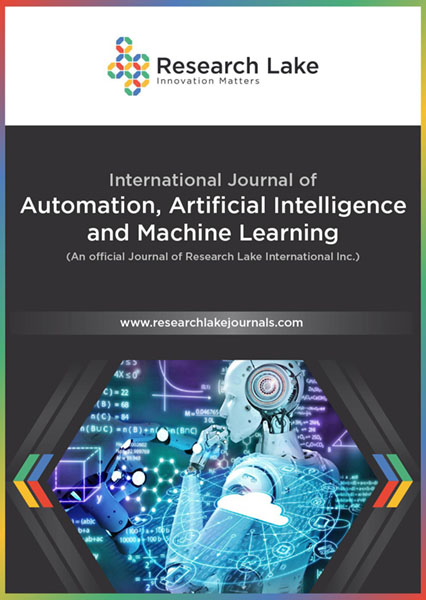Case Study: The Next Generation of Network Management - AI, Automation, and Security in a Connected World
Abstract
Modern data center networks face unprecedented challenges in ensuring robust security due to the evolving complexity of cyber threats and the increasing sophistication of attack vectors. This study proposes comprehensive, multi-layered security architecture tailored for data center environments, integrating advanced technologies such as Next-Generation Firewalls (NGFWs), Zero Trust Architecture (ZTA), AI-driven anomaly detection, SQL-based policy management, and Neo4j knowledge graphs. The architecture leverages NGFWs for deep packet inspection and application-layer filtering, fortifying the network perimeter while enabling advanced threat detection. ZTA principles enforce least-privilege access, requiring continuous authentication and contextual validation for all users and devices. A relational database underpins security policy management, ensuring granular control and consistent enforcement across the network. Neo4j knowledge graphs offer a dynamic, graph-based visualization of the network topology, enabling real-time analysis of relationships and communication paths to uncover potential vulnerabilities, attack vectors, and insider threats. The core of the system’s intelligence lies in the integration of machine learning models, particularly Long Short-Term Memory (LSTM) networks, for anomaly detection and predictive analytics. By analyzing real-time network traffic data, the AI models autonomously detect unusual patterns indicative of security incidents, enabling proactive threat mitigation. The synergy between these components ensures a scalable and resilient security framework capable of addressing modern security challenges. This architecture is designed to automate key aspects of threat detection, incident response, and policy enforcement, significantly reducing operational overhead while improving response times. The result is a flexible and adaptive security solution that enhances visibility, control, and protection of critical data center resources. By combining these cutting-edge technologies, this proposed framework demonstrates its capability to provide a robust defense mechanism for data center networks, ensuring operational continuity and compliance with stringent security requirements. This paper highlights the system's technical components, demonstrates its functionality through a detailed use case, and underscores its effectiveness in securing complex, high-value network environments against evolving cyber threats.
Copyright (c) 2024 Vaishali Nagpure

This work is licensed under a Creative Commons Attribution-NonCommercial 4.0 International License.
Copyright © by the authors; licensee Research Lake International Inc., Canada. This article is an open access article distributed under the terms and conditions of the Creative Commons Attribution Non-Commercial License (CC BY-NC) (http://creative-commons.org/licenses/by-nc/4.0/).










